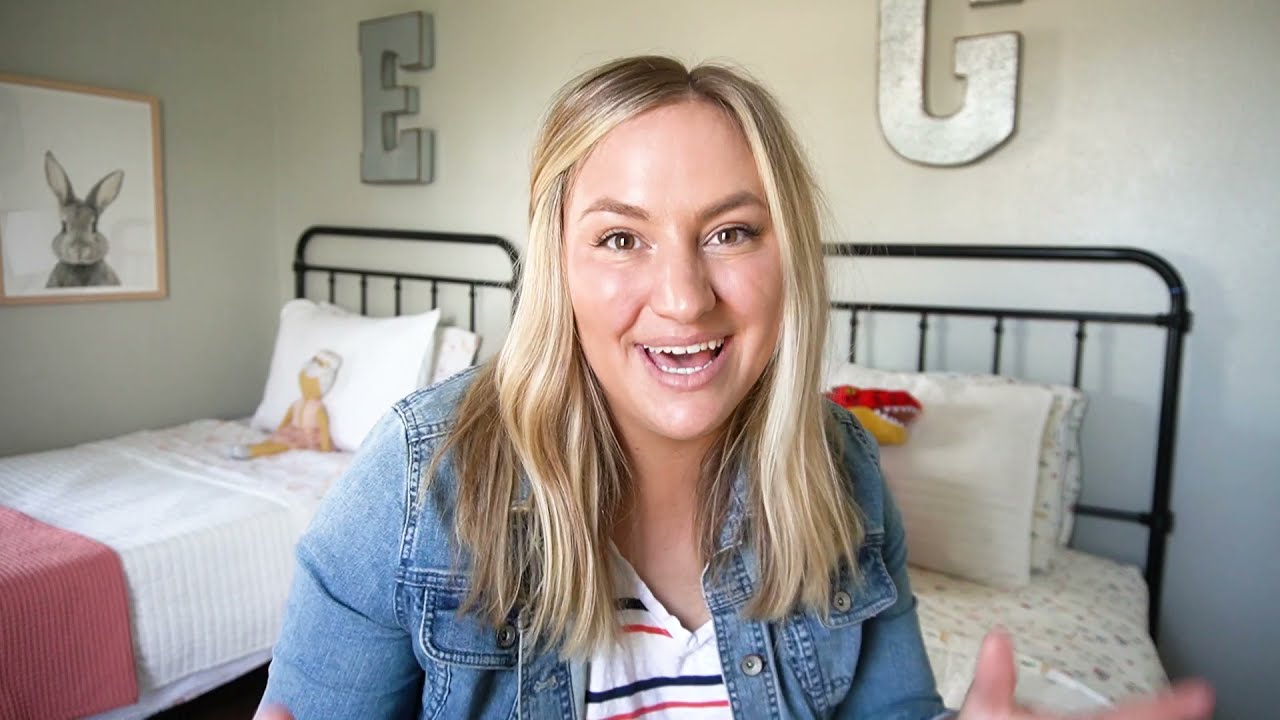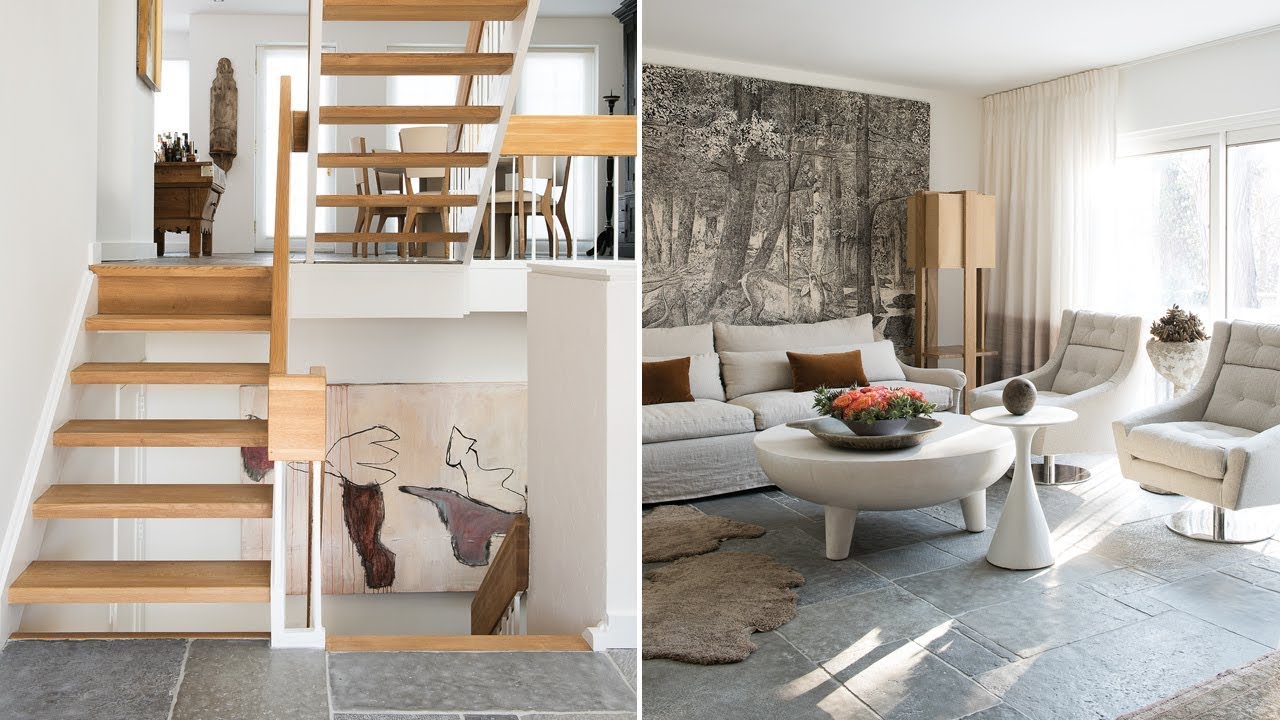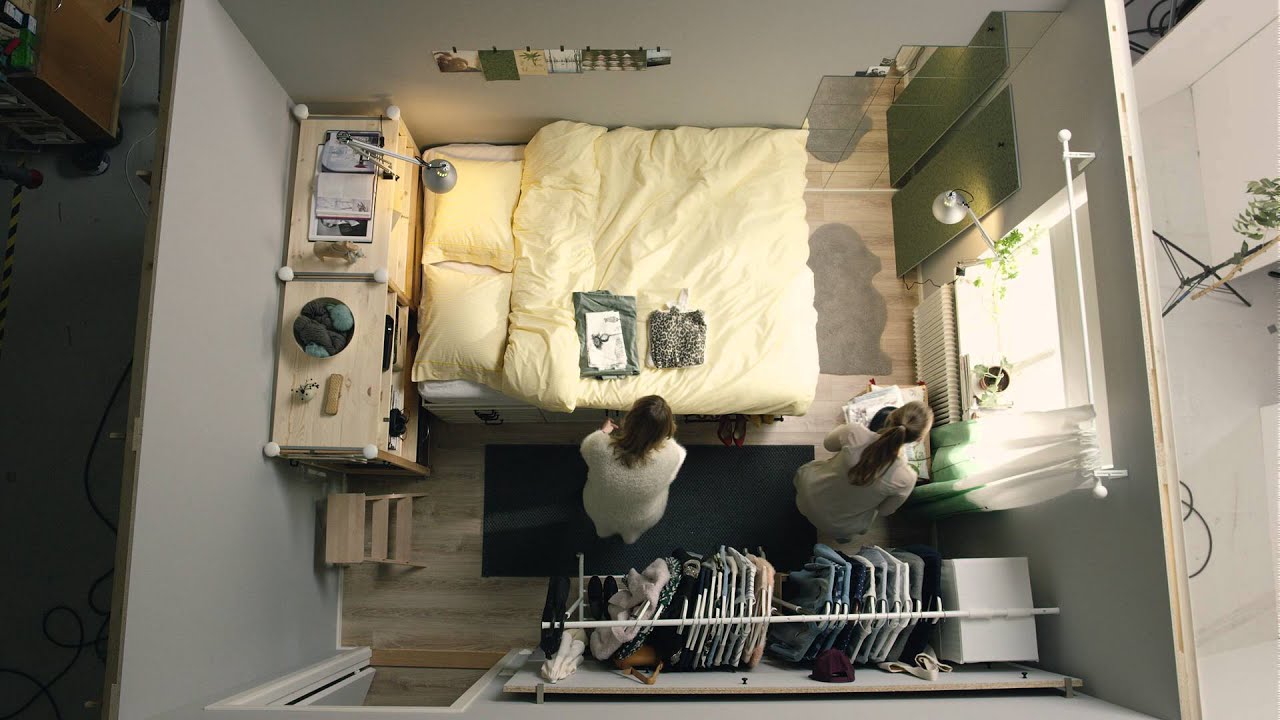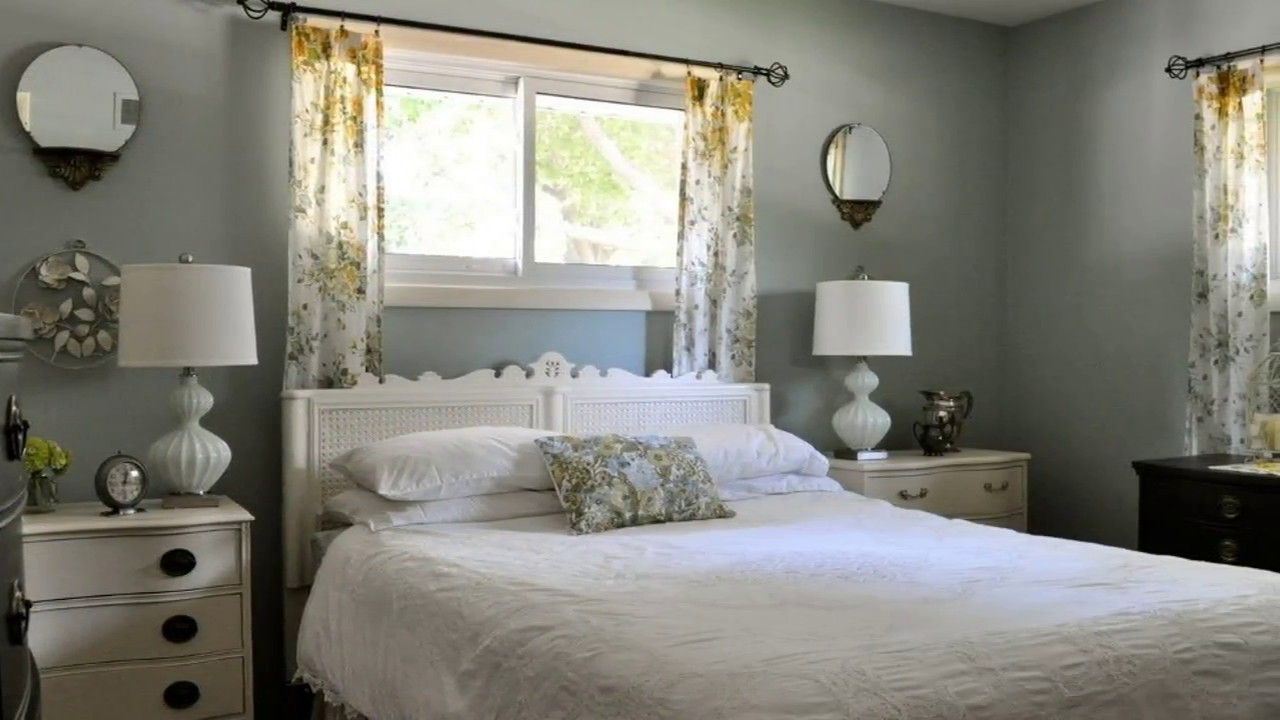One of the worst ways to ruin the design of a bedroom is to push your furniture against the wall. Not only does this create an awkward flow in the room, but it also makes it difficult to design around your bed. A good rule of thumb is to make the bed take up the most space in the room. Here are some mistakes to avoid:
Avoiding pushing furniture against walls
Putting furniture against a wall can make the room seem crammed and lifeless. You can avoid this mistake by placing your furniture six inches or more away from the wall. You can also avoid placing your bed under a window. Choosing the correct spot for your bed will allow you to close it when you need to. This is the most important aspect of a bedroom. Avoid placing your bed against a window because it will look out of place.
Avoiding bold wall colors
The first step in designing a colorful bedroom is figuring out what color combination you prefer. The brightest, boldest color combinations tend to affect different rooms in the home. However, you can experiment with your bedroom color scheme by incorporating accent colors. These can be accent lampshades or accessories. According to Rohan Blacker, founder of the design and color consultancy firm Pooky, your bedroom is the perfect place to try out bold colors.
Another tip is to use wallpaper with subtle texture. Wallpapers with subtle texture will help create an ultra-luxurious feel. You can use blush pink and copper to complement one another. A clear chandelier will add glamour to the room. And you can add a hint of dusky grey to create a soothing effect. These are the most common mistakes in bedroom design. The right combination will give your bedroom a luxurious look without overwhelming you.
Despite their appealing looks, bright and bold colors can create a room that feels cramped. Using the same color on all the walls will make the room look cramped. Instead, choose a lighter color on the accent walls to emphasize the length of the room. Whether you decide to go for a classic color or a bolder hue, it is important to keep the color palette neutral. You can find bedroom color schemes online. You can even create a customized design based on your preferences.
When selecting a color scheme, keep in mind the mood you want to create in your bedroom. While neutral colors are soothing and relaxing, they can also cause you to feel restless and unable to sleep. So, while bold colors can make you feel more relaxed, make sure they have the right tone for your bedroom. This will allow you to relax and unwind. In addition to neutral colors, you can also use complementary colors as accents to create an accent color scheme that will make your bedroom stand out.
Adding a canopy or tented bed
Adding a canopy or tented bed to your bedroom is a good idea if you want to make your room look more modern. A canopy bed includes a built-in bed headboard and metal frame with side rails and a solid metal base. A metal-slat base allows for air to flow under the bed without sacrificing support and breathability for your mattress.
In bedrooms, unused space is often the cause of a room feeling drab. This unused space can be found in the walls, ceilings, and vertical space. Interior design mistakes in bedrooms are common because bedrooms are one of the only rooms that you can hide away. To avoid making these design errors, add more dimension to the room by incorporating different heights in your furniture and using lighting and artwork in your bedroom. Add a canopy or tented bed to your bedroom to avoid these interior design mistakes.
Children enjoy routines, and without these, they may be prone to anxiety and lack of sleep. Consequently, this can affect their mood and academic performance. By reducing light exposure, bed tents are a great solution to this problem. They reduce visual stimulation, especially for children with sensory processing disorders, and provide a level of security. Many bed tents even have kid-friendly themes.
Adding an area rug
Many people make bedroom design mistakes by placing rugs in the wrong places. They often choose a small area rug and then place everything else on top of it. This is not the way to showcase an area rug. To display an area rug, you need to choose a large area rug that extends beyond the room’s sofa dimensions. A good rule of thumb is to place the rug at the right height in relation to the mattress.
If you’re adding an area rug to the living room, the size rule is the same as that for bedrooms. In this case, make sure to leave at least six inches of space between the rugs and the walls. In a hallway, you must also keep furniture legs off of the rugs. Other than that, the size rule depends on the room’s measurements. Stefani Stein, a leading interior designer and the co-founder of bespoke furniture line August Abode, offers the following tips to avoid bedroom design mistakes:
First, think about the size of the bed. Many people place area rugs under the entire bed, but this is not the best solution. It’s better to use a smaller area rug, or place it about 1/3 of the way down the bed. Moreover, if the bed is too big, a small area rug can make the whole room look cramped. If the bed is not big enough, you should place the rug further back.
Remember that area rugs play a vital role in the final appearance of the room. Despite its importance, many people often place them at the bottom of the priority list. But a good area rug can dramatically change the room’s appearance. It can also pull colors and textures from other accents. As long as you choose an area rug that is the right size, you’ll be setting yourself up for success.
Adding a feng shui theme
When it comes to choosing the right colors, one way to avoid bedroom design mistakes is to consider feng shui. Feng shui is the study of energy, and a bedroom should be oriented towards positive energy. If you are trying to attract love and prosperity, the placement of your bed and door should be favourable. When planning your bedroom’s layout, you should also consider the direction the door faces.
As a general rule, a bed should face a wall, with its head against a wall. It should also not be placed near a window, as the qi can flow outside and cause restless sleep. A high bench or table is a good choice to act as a buffer for the doorway. One more mistake to avoid when planning your bedroom is storing objects underneath it. This could be built-in storage, or boxes. Having these items under the bed is also unfeng shui, because it will prevent airflow in the room. However, a bamboo flute can offset the negative effect of overhead objects.
The feng shui principles also include colors. To avoid making a mistake with the placement of your bed, choose a wall color that reflects the flow of energy in your room. Soft, earth-toned colors such as beige and taupe are ideal for a bedroom. Soft hues can be used for other decor, such as a rug.
Another important mistake to avoid is placing your bed opposite the door. The wrong placement will create an energy trap, so if you can avoid it, you’re on the right track. The best placement for a bed is ideally across the door, not directly opposite it. While this isn’t possible in a small bedroom, you can use a footboard and place the bed in a way that will keep the door out of the bedroom.



